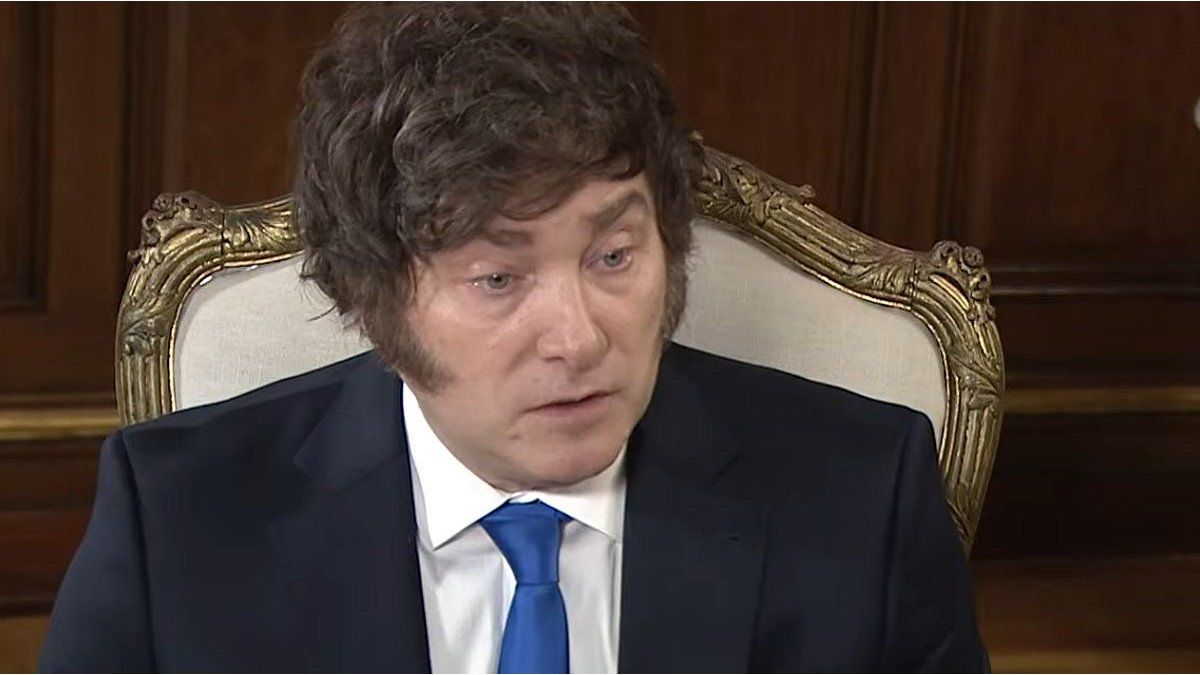He global dollar rose on Tuesday in thin holiday trading, as the expected slower pace of U.S. interest rate cuts United States Federal Reserve compared to other global central banks it continued to set the direction of the market.
He dollar has risen more than 7% since late September, driven in part by growing expectations that the U.S. economy will see accelerated growth under the president-elect’s policies. donald trumpwhile sticky inflation has reduced expectations about how aggressive the economy will be. Fed in reducing interest rates.
After its monetary policy meeting on Wednesday, the United States Federal Reserve now looks set to keep rates higher for longer than markets expected, pushing up US Treasury yields and sending the currency up 1.2% to two-year highs.
Trading volumes are likely to ease this week as the end of the year approaches and major economic data releases are scarce, meaning the rate issue is likely to remain the main driver of moves in the foreign exchange market.
The dollar index was firm throughout the day, up 0.1% at 108.2, still near the two-year high of 108.54 hit on Friday, Reuters reported.
What about the other currencies?
Other currencies took a breather on Tuesday, but the impact of the recent rally in the dollar It was still felt across the board. He euro was last bought at $1.0393, slightly lower on the day and not far off November’s two-year low, while sterling hovered around a one-month low of $1.2532.
On the other hand, the yen It remained close to a five-month low and was last at 157.04 per dollar, having already fallen nearly 5% this month in a territory that keeps traders on alert for any intervention by the Japanese authorities. .
Last week, the Bank of Japan (BOJ) It kept rates unchanged and did not specify when it might raise them again. The central bank’s communication contrasted sharply with the Federal Reserve’s hawkish tone the previous day, when it projected a measured pace of rate cuts in 2025, sending the yen tumbling.
“Changes in policy divergence between the Fed and the BOXWOOD likely to weaken the yen now,” said Vishnu Varathan, head of macro research for Asia ex-Japan at Mizuho Bank. “Yen carry trades could, despite increased volatility or uncertainty, remain in play as “Two critical factors – supported ‘carry returns’ and capital risks mitigated by the yen contraction – conspire favorably,” he added.
Meanwhile, in Australia, he Australian dollar fell 0.19% to $0.6237, while the New Zealand dollar fell 0.16% to $0.5641. He Reserve Bank of Australia (RBA) released the minutes of its December monetary policy meeting on Tuesday, which indicated the central bank was closer to cutting interest rates but needed the flow of economic news to support its confidence that inflation was slowing.
dollar for sale
He dollar seemed on track to end the year up more than 6%, after declining last year. Although a benign reading of the inflation in USA Friday eased concerns about the pace of cuts to the Fed Next year, markets are still pricing in easing of just 35 basis points by 2025, which in turn supports the dollar.
“Our base case is that the dollar will continue to advance next year as the United States continues to outperform other economies, the interest rate gap between USA and other G10 economies expand a little more, and the Trump administration implements higher U.S. tariffs,” said Jonas Goltermann, deputy chief markets economist at Capital Economics.
Before the return of the president-elect of the United States, Donald Trump, to the White House in January, global central banks have urged caution in their rate paths due to uncertainty over how Trump’s planned tariffs, lower taxes and immigration restrictions could affect policy.
Goldman Sachs He said he wasn’t sure how the tariffs might affect future U.S. policy. Fed, adding that the impact of price increases on inflation should disappear after a year.
“The 2018-2019 trade war tightened financial conditions enough to prompt an easing of Fed policy,” Goldman Sachs said. “Many aspects of the current cycle are different, but the experience of 2018-2019 shows that monetary policy risks from tariffs are, at a minimum, bilateral,” he added.
Source: Ambito
I am Pierce Boyd, a driven and ambitious professional working in the news industry. I have been writing for 24 Hours Worlds for over five years, specializing in sports section coverage. During my tenure at the publication, I have built an impressive portfolio of articles that has earned me a reputation as an experienced journalist and content creator.




